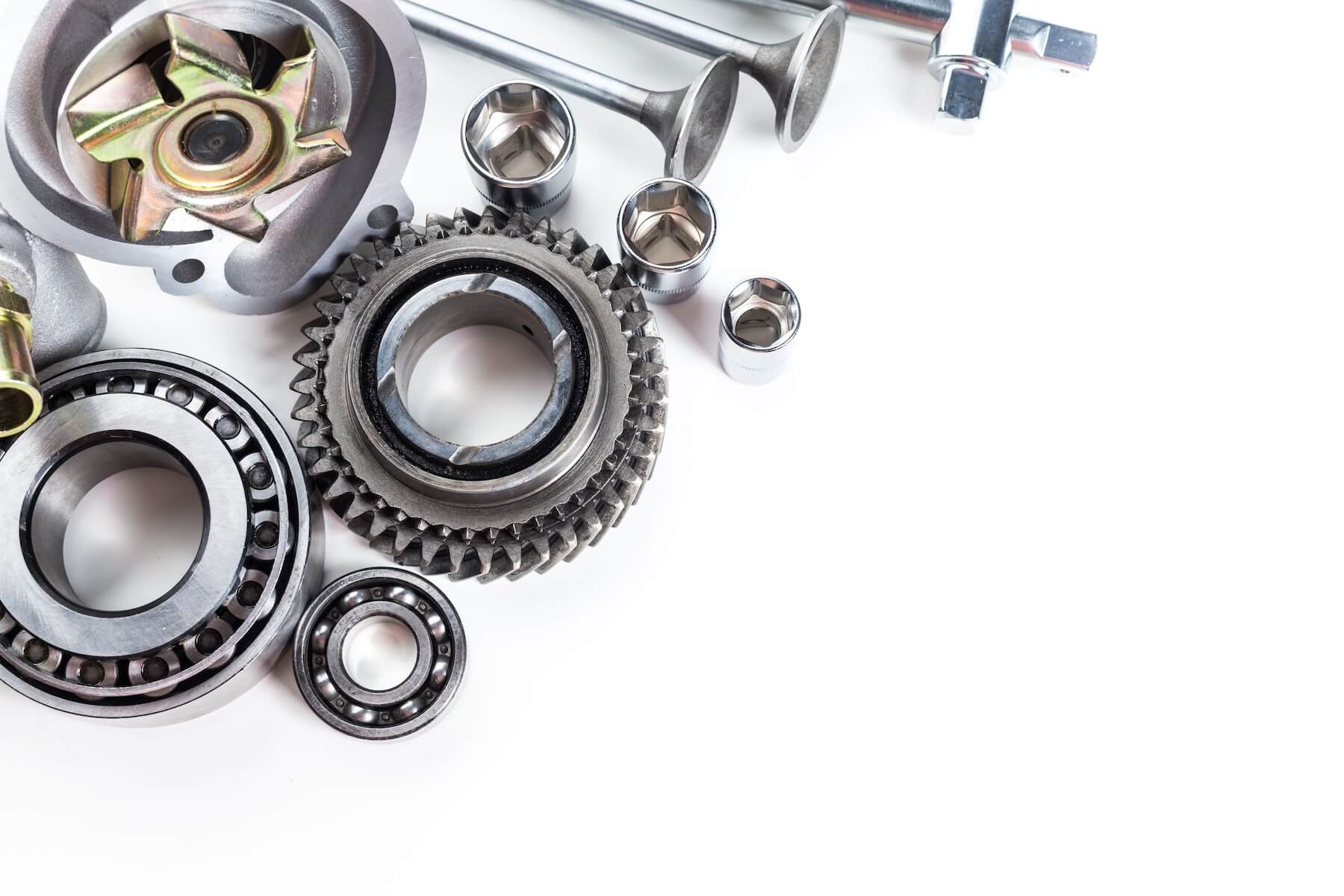Rapid Improvement Targets Capacity and Throughput
This full-service metal stamping company provides a comprehensive suite of services including stampings, weldments, assemblies, and value-added services to a wide array of industries within a 500-mile radius of Southwest Michigan. Despite the dedication of its team, the $12MM manufacturer faced suboptimal throughput and efficiency values ranging between 46% – 58%.
Situation
The company was contending with rising costs due to machine-related delays, defects, and downtime. The demonstrated asset efficiency was averaging 32%, which was significantly below the company’s reported performance range. Downtime was a major issue, comprising 46% of scheduled run time, with the causes split between process inefficiencies and mechanical failures. Downtime was costing the company $900K in wages and $15MM in lost capacity, with the plant’s layout contributing to the inefficiency with congestion, poor visibility, and lack of a clear traffic pattern. Additionally, changeover times exceeded the standard by a factor of 1.6x, and press operators were tasked with various activities that led to numerous stops each hour. To meet customer demand, a second shift became necessary.

25%
Increase
In throughput
✓
Enhanced
Value-add time at the machine.
✓
Delivered
Scalable improvement plan.
Solution
- Engaged Lean Resources to conduct a Rapid Improvement event to identify and implement system-wide improvements.
- Undertook a 10-day improvement event on the 600T Press to capture the current state and implement scalable solutions.
- Conducted “Day in the Life” (DILO) observations to categorize and quantify activities.
- Eliminated inefficiencies, balanced workload, and applied 5S for better layout and flow.
- Established a “Production Ready” container management area and a “Quick Change” 2-Bin Kanban system for efficiency.
Outcomes
- Achieved a 26% increase in throughput on the 600T Press, recovering significant costs in wages and lost capacity.
- Enhanced value-add time at the machine, enabling the fulfillment of customer demand in one shift.
- Developed a “Future State” plant layout that improved product flow and visibility.
- Delivered a scalable improvement plan that promises substantial savings in wages and recouped capacity.
